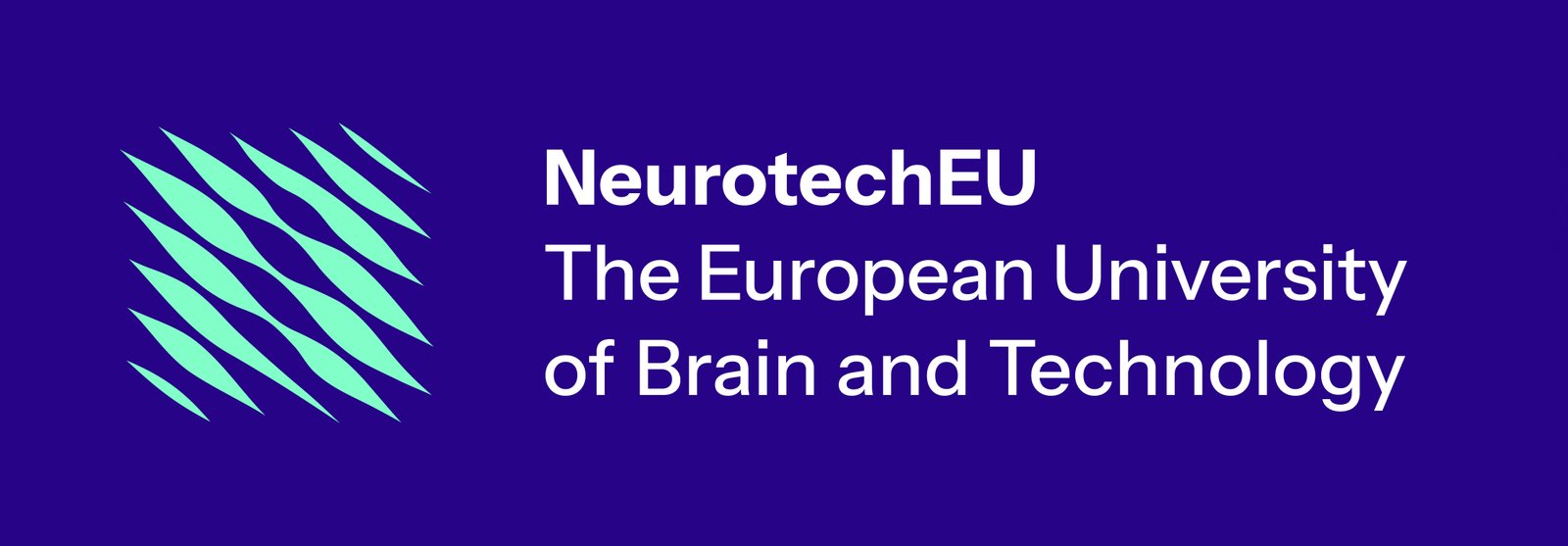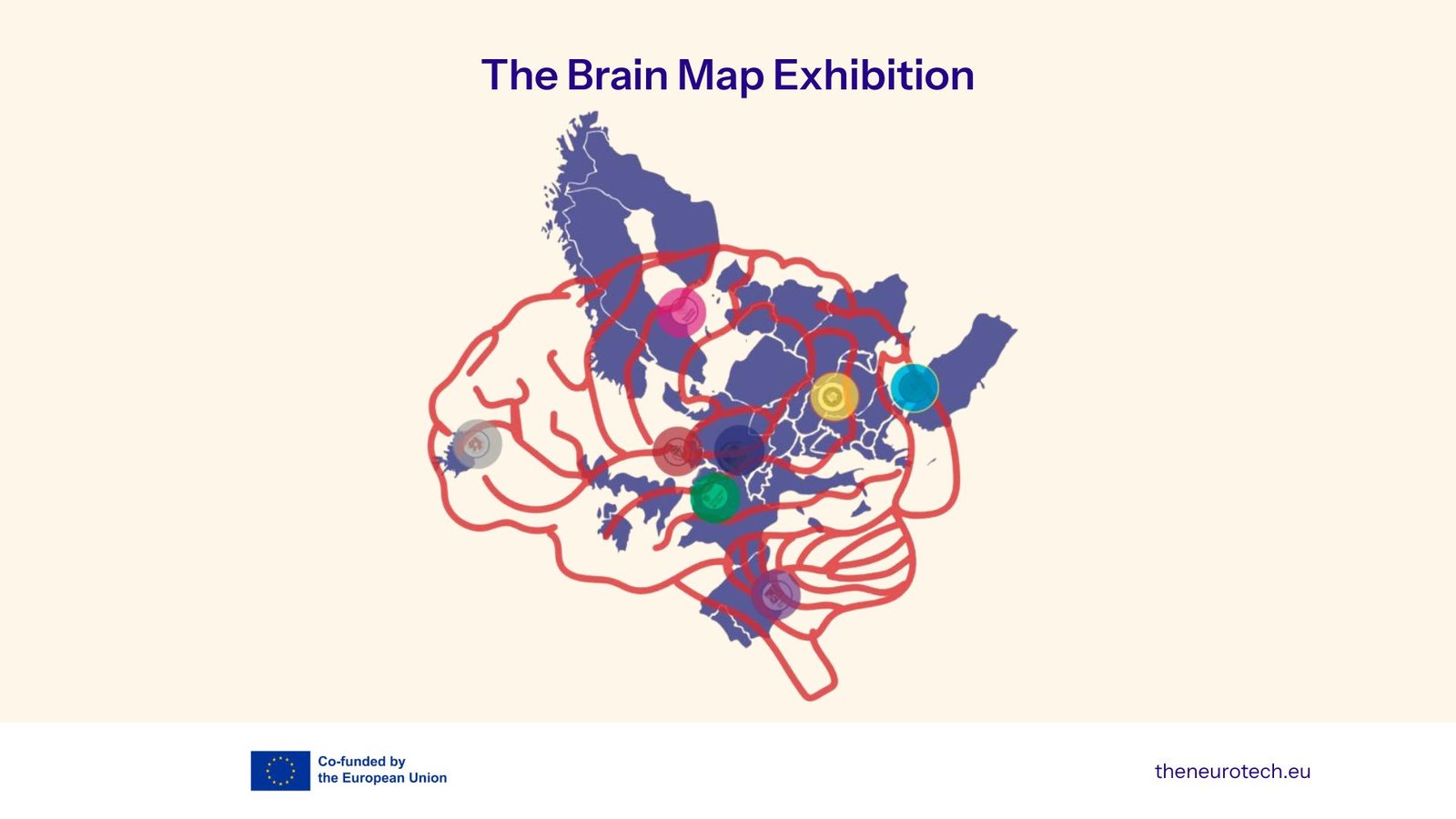The Student Council Brain Map Exhibition
The University of Radboud presented the Primary Olfactory Cortex. As its name suggests, they highlighted the olfactory sense and its interaction with other sensory modalities. The representative students of Radboud prepared some closed cubes with holes, so users had to guess what was inside the cubes.
The Cerebellum was represented by the University Miguel Hernández de Elche. The UMH students highlighted some of the practically less-known functions of the cerebellum regarding attention. To this end, they prepared an interactive questionnaire.
“Feeling of Feather” was the Karolinska Institute’s creation about the Somatosensory Cortex. It offered a tactile experience, allowing visitors to not only see but also physically interact with the piece.
The Gustatory Cortex was presented with brain-shaped chocolate by the University of Bonn. That way, the visitors had the opportunity to taste the project itself.

The Boğaziçi Üniversitesi presented the "Eye of a Cat, Cat of an Eye". Representing the Occipital Lobe (visual cortex) they created a large collage of cat eyes. The cat eyes’ photos were printed and cut out by hand to form a large poster that, when viewed from above, will resemble one big cat eye.
The Universitatea de Medicină și Farmacie din Cluj-Napoca students were in charge of the Primary Visual Cortex, and they prepared a beautiful visual video highlighting unity through people within the university coming together with music and dance.
While enjoying the exhibition, you could hear Imagine- John Lennon’s song- interpreted by the students from University of Lille. It was the Primary Auditory Cortex that they were representing.
The University Háskólinn í Reykjavík created the "Behind the Forehead" section of The Brain Map Exhibition. It represented the working memory and executive function of the Prefrontal Cortex of the Brain. It consisted of five medium-sized containers filled with notes that invited visitors to think and be creative.
With the eight art pieces, the students worked on an immersive experience, aiming to show attendees from a wide variety of profiles and backgrounds different functions of the brain.

